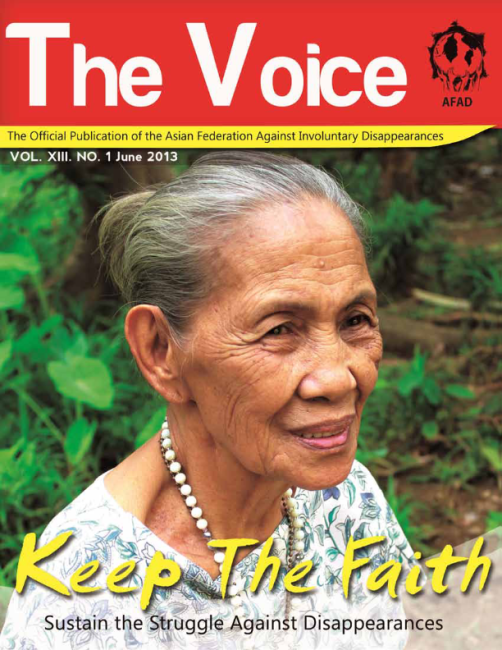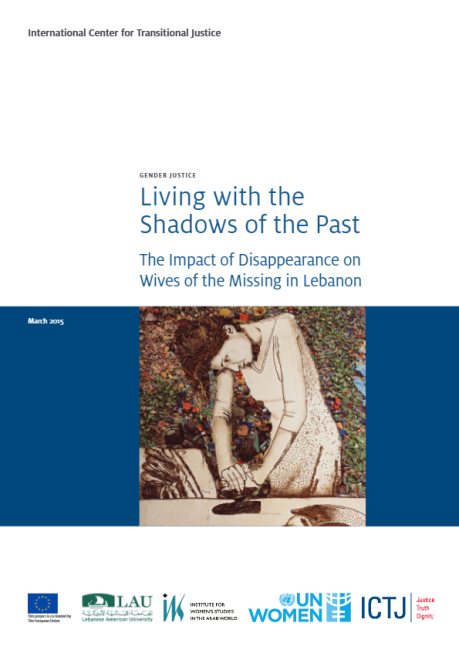
‘Disappearance’ and ‘Displacement’ in Sri Lanka
This article seeks to explore a particular unfolding of the category ‘displacement’ which underwrites yet also troubles the more familiar notions of displacement. Forced ‘disappearance’ is one of the most insidious forms of violence as it seeks to obliterate the body and indefinitely extends and exacerbates the grief of those left behind. I consider here how such chronic mourners ‘reinhabit the world’ in the face of continuously deferring loss, and seek to theorize what might be its political outcome(s). Arguing that this re-inhabiting is a constant tracing of traces given the ambiguous nature of the ‘disappeared's’ status of absence, and thus presence, I explore a particular ‘identification with suffering’ that is embraced and embodied by Sinhala women whose children were ‘disappeared’ during the second People's Liberation Front (JVP) uprising (1988–1993). In such a context, visual and tactile objects such as photographs and clothing, I suggest, become especially meaningful by reasserting the presence of the ‘disappeared’. In conclusion, I engage Judith Butler's contention that grief is a tie that binds and thus enables the imagining of alternative political communities to reflect on how such a conceptualization might be helpful to re-invigorate political communities in Sri Lanka.







